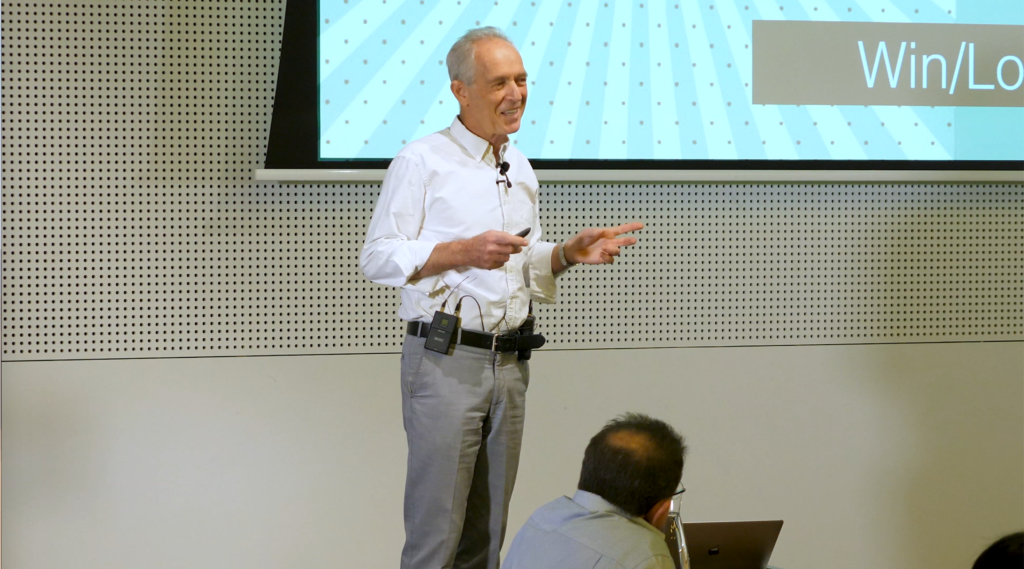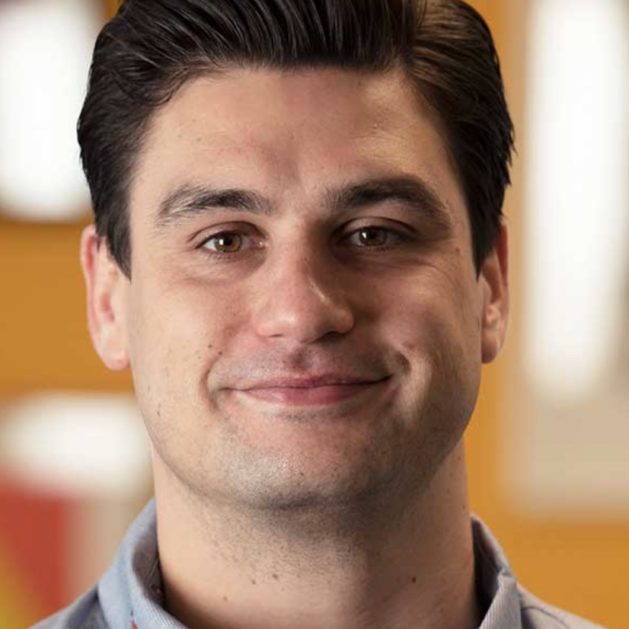For me, as a management consultant, the salient feature of the past 10 years in dentistry has been the end of the easystreet sole trader lifestyle. Today practice owners must run proper businesses, with all the attendant responsibilities and opportunities for scalable growth. The next 10 years, in my view, will see the end of the cruisy associate lifestyle. I help dentists across both transitions, and the first one is reasonably straightforward, but with the second one, our solution has been delivered in a manner that hasn’t put the associate front and centre. By that I mean it’s been about recruiting better associates, negotiating contracts and sending associates more patients to work on, rather than grappling with the most difficult aspect: why are associates seldom reaching their ADY potentials? We know we haven’t delivered the magnitude of transformation that is possible, and that will be needed in the 2020s. But that’s about to change.
Last year we discovered a product called Channel D and a few of our clients took it up with the result, according to them, that were selling more high value treatment plans without trying. Channel D is a subscription service of short, silent animations about dentistry that you play in waiting rooms and surgeries, the idea being that all opportunities for a patient to watch content that piques their interest about treatment options should be capitalised on.
The videos are funny and lighthearted, and the service is very reasonably priced for the results. This is a fabulous product that’s based on research, made to a high standard and works. It’s a painless way of introducing the power of anti-sales psychology into your dental practice. What that means is that you encourage the patient to lead the conversation, while you back off, so that they feel they are not being sold to and are more likely to engage with you. More questions means more conversations, and more conversations means more treatment plan conversions.
The philosophy behind this approach is that dental patients are not normal retail customers. Most are not out shopping for a high end dental treatment, they are hoping to get away with a check up and maybe a hygiene appointment, so they are suspicious of upselling or pushiness by clinicians. If they are given the space and the information to lead the conversation, however, they may take the lead. People do care about their oral health and yet they don’t, on the whole, know a lot about it or the treatments available. Therein lies a massive opportunity.
Last year I began talking to Channel D’s founder Michael Sernik about his product. I asked for his take on our biggest challenge: getting associates to start grossing seriously for our clients. We could develop marketing systems to throw more new patients at them, but to get them to break beyond an ADY of £3k a day seemed to need an x factor which we couldn’t put our finger on. We could see that there were significant improvements whenever a principal was a good mentor to their associates, and so we always encouraged that relationship, but many principals were either not very good or not very inclined to be good mentors. We were stuck.
Michael explained to me that growing an associate’s ADY was about two things: good diagnosis and how information is presented to the patient. He said there were communication skills involved but not the kind of thing you associate with sales training. His approach was more to do with systems than goals, an idea I’d been reflecting on already. He said he had honed it to perfection and ran a course called The Sernik System For Big Case Dentistry around the world. It was founded on first principles that you don’t see elsewhere in dentistry, with anti-sales psychology that Michael learnt first hand while growing his own practices before advertising laws in dentistry were relaxed.
I had to go and see this for myself, so I flew to the next course in Sydney. I wasn’t feeling great when I arrived, having just run a leadership course myself before immediately schlepping from Cornwall to London for the flight, but we had a meeting and I discovered Michael was a very nice guy despite my not being too mentally sharp. When I walked across Sydney bridge and entered the Dentsply Sirona offices the next morning I was blown away. I saw a unique way of operating a dental practice. There was synergy with our TCO sales and marketing training, but this was from a far deeper, clinical perspective. This stuff was electrifying associates before my eyes. I realised they could, after all, be ‘turned on’ by training that gave them a simple technique to step their ADY right up right away, irrespective of clinical skills. This was that training.

Michael Sernik at work
I immediately realised this was special. There was nothing like it in the world: a system that trains the clinical team to put the patient in a position where they’re selling themselves the best treatment. All the dentist has to do is understand the principles at work and hold the space. The Sernik System For Big Case Dentistry is massively required in the UK, where we’re usually seeing an artificial glass ceiling on the ADY of associates that hobbles business growth. So we invited Michael over to the UK and Ireland to run his course in May 2020 and we are excited about what this means for ambitious practice owners.
I believe his system is going to enable a gear change in the practices that adopt it. I advise principals to come with all of their associates to a one day interactive workshop and see for yourself. This will be the first available taste in Europe of a technique that is vital for dentistry in the next decade as the market gets more sophisticated. The course will enable you to switch from running a practice where most profit is driven by marketing and sales, and where associates rely on you, the owner, to deliver new patients, to one that encourages associates to convert old patients who have been traditionally averse to big ticket treatments. These patients are in fact dormant windfalls who can suddenly become interested in the advanced treatments you offer, if you know how to handle them.
We see the untapped potential of this everywhere. For instance, when a patient list is switched in an established practice because the principal is cutting clinical hours or retiring, we often notice that the associate acquiring the list finds tons of work that apparently didn’t exist before. That’s because the principal was stuck in their routine, they’d see the patient year after year, do the check up, have the obligatory chat about kids, and the principal would remember that the patient hadn’t been interested in an implant three years ago, so wouldn’t ask again. Removed from that dynamic, the legacy barrier to considering new treatments disappears. What if you could make this happen systematically in your practice, with every patient and every associate?
Michael created his system by trial and error through considerable experience (he’s a former dentist who was partner of Prime Practice, the largest practice management company in the southern hemisphere, and the main trainer at a Las Vegas institute for post graduate dental studies). He’s put his finger on the x factor that we were looking for, and he’s a gifted teacher. This is the magic dust.
Best wishes
Dan Fine
The Sernik System For Big Case Dentistry comes to Europe for the first time in September 2020.
11th September, London, Browns Covent Garden
14th September, Bristol, Marriott Hotel, City centre
16th September, Dublin , Clayton Hotel, Leopardstown
Book tickets at:
https://bookwhen.com/finecompany
https://bookwhen.com/finecompanyireland
CPD learning agenda (8.30am-5pm)
1. To master a communications system that causes the patient to recognise their clinical condition.
2. To have the patient understand the impact of their condition.
3. To have the patient take psychological ownership of their condition.
4. Offering choices in a strategic sequence that will tend to skew the patient’s decision to want the ideal long-term treatment.
5. The patient will never feel sales pressure.

